I know that I do not have a corner on the truth. While belief systems and worldviews tend to get mired in rhetoric, the big picture of inclusion (specifically inclusive education) is far more forgiving. My aim in this piece is to clarify a big misconception about what full inclusion really means.
Typically, when the term “full inclusion” gets batted around in the realm of education, there are one of two reactions—the first possibility is utter horror (you mean you want students with disabilities in general education all day every day?) and the second is indifference, cynicism or apathy (inclusion? Yeah right. Like that will ever happen). A third, less common reaction by educators, but one that is gaining in prominence, is an embrace of the philosophy of full inclusion as a framework to understand how students learn best.
The idea that “we learn better together” is not a new concept. In fact, it is a notion that has been in the refining of academic and peer-reviewed study for 30 years:
Thirty years of research shows us that when all students are learning together including those with the most extensive needs and are given the appropriate instruction and supports, all students can participate, learn and excel within grade-level general education curriculum, build meaningful social relationships, achieve positive behavioral outcomes and graduate from high school, college and beyond.
Before you start rolling your eyes, consider that there are many examples of inclusive education around the United States, Canada and other parts of the world. Could it be that parents and educators simply have not seen enough of it working to believe that it is possible? I am not convinced that is the reason. As some parents and educators point out, not every school is capable of educating every child. The very mention of this protest is like nails on the chalkboard to inclusion advocates. Yet advocates like me should be loath to ignore them; we must address these concerns head on.
Here is where I would like to clarify what full inclusion means to me and I hope that advocates on both sides of this issue will take me seriously. We spend an awful lot of time talking over each other. Part of the big idea of inclusion is to create synthesis where there is dichotomy, restoration where there is brokenness and healing where there is trauma. Full and authentic inclusion has more to do with complete membership in a community rather than time spent in general education.
If the amount of time students with disabilities spend in general education is one of the largest measures to whether a school is inclusive, we have failed as inclusion advocates and have missed the point. Membership is about belonging, having full access, being accepted, being supported and having an environment in which every student can learn the best. It is puerile to argue that every school and every classroom can achieve this by having all students in general education all day every day at this point in history.
Perhaps you are upset with my statement. Perhaps you see it as an admission that inclusive education really isn’t for everyone. I would disagree with your conjecture and here is why: Full inclusion is going to look different in every school and every classroom and for every student. When we open up our minds to include the idea that while this framework is for everyone, we can also say that is not available to everyone.
While there are best practices that should be followed and held up as the gold standard, we are not nearly were we should be. When we realize that essential factors, like presuming competence, having high expectations, developing typical friendships, building on strengths, learning grade-level curriculum and having access to alternative augmentative communication devices does not only happen one way we will be stronger advocates.
As noted inclusive education advocate Lou Brown states,
It is unacceptable for students with significant disabilities to spend zero percent of their time in Regular Education classrooms. While better, it is also unacceptable for them to spend all of their time therein. Self-contained regular and self-contained special education are both rejected because each extreme disallows important experiences and opportunities. The preference here is that they be based in Regular Education classrooms in which they would be based in they were not disabled. Then, the individually meaningful amounts of time each needs to spend elsewhere should be arranged. (1996, Brown, Schwarz, Solner, et al).
At this point, 17 percent of students with any disability spend all or most of their days segregated. That is just abysmal. Having students removed from their typical peers and their typical classroom should be a rare occurrence. In this day and age, it is the norm. The inclusion movement should be about decreasing that number to the smallest possible percentage, not just wiping special classrooms and special schools from the face of education.
One final thought: Full inclusion is really about education reform. Full inclusion is about teaching all students and using best practices. It is not about one-size-fits-all. Full inclusion is about giving access to all and promoting the best outcomes for all. It is about bringing special and general education together as collaborators. This is the promise of inclusion that I believe in. What about you?
References:
Brown, L., Schwarz, P., Udvari Solner, A., Frattura Kampschroer, E., Johnson, F., Jorgensen, J., Vandeventer, P. & Gruenewald, L. (1991). How Much Time Should Students with Severe Intellectual Disabilities Spend in Regular Education Classrooms and Elsewhere? The Journal of the Association for Persons with Severe Handicaps, 16(1), 39 – 47.

Find your perfect Wheelchair Van
Select from thousands of wheelchair vans for sale from hundreds of nationwide dealers
The Mobility Resource has one of the largest selections of Dodge, Toyota, Chrysler, Honda, Ford, Chevrolet wheelchair vans
View All Wheelchair Vans







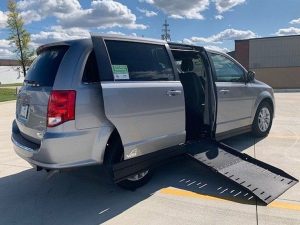




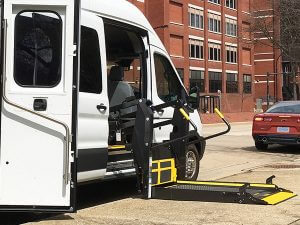




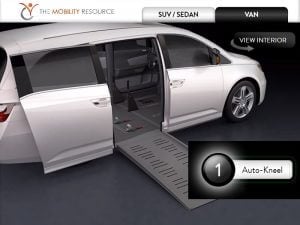



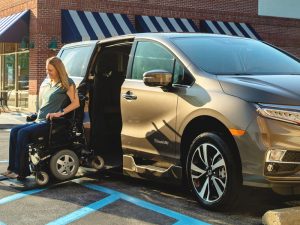
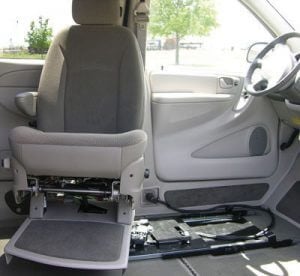
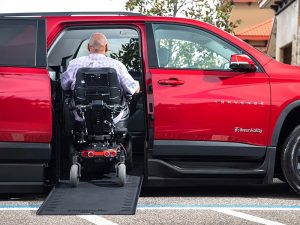
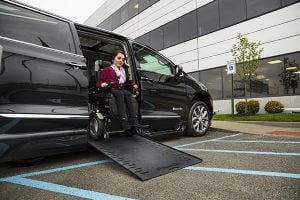









Tweet
Share https://www.themobilityresource.com/blog/post/what-full-inclusion-really-means/